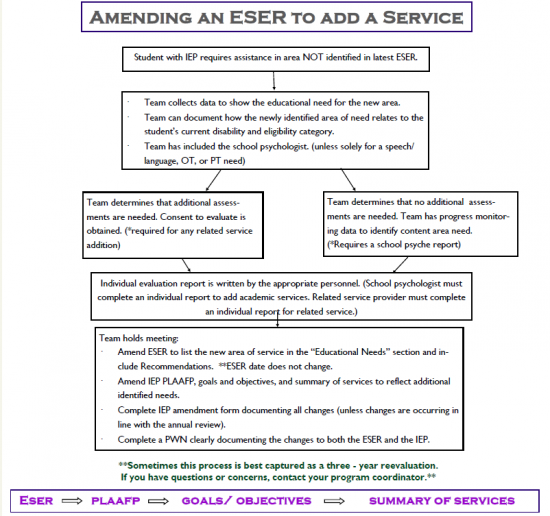Due to popular demand, we have re-added fields to the special ed database to document OT and PT consult services. In years past, these fields were located on the summary of services screen. They are now located on the IEP Info screen in the section that addresses Program Modifications/Accommodations. (See below)
The OT/PT Consult fields are used to track students who do not require regular, direct services from the Occupational or Physical Therapist, but do need ongoing support from the therapist. In most cases, OT or PT consult will mean that the therapist is observing the student and then working with another staff member (teacher, aide, etc.) to provide strategies or suggestions for staff who work directly with the student. The OT or PT will not be providing direct services to the student. In many cases these will be students who previously had OT or PT services and no longer require direct services, but do need minimal ongoing support or monitoring from the OT or PT.
If either of these boxes is checked on the IEP Info screen, the nature of the consult services must be described in the program mod/accoms boxes. All of the consult checkboxes are currently blank. Information from previous school years has not been carried over.
These checkboxes will not print on any IEP paperwork. The printed documentation for OT or PT consult will be in the program mods/accoms text fields. Because consultative services do not involve direct services to the student, this is a more appropriate place to document this need rather than on the summary of services screen.
**Case managers—please do not check these boxes without first communicating with your school’s OT or PT. The therapists must be involved in any decisions regarding consultative services.


